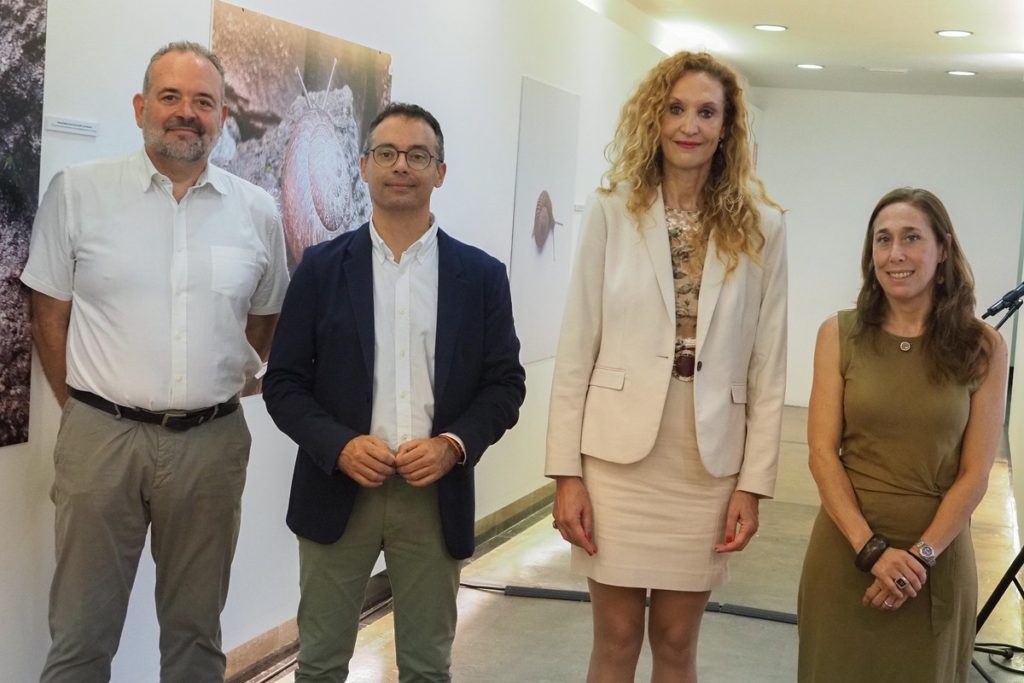Hemicycla modesta and Plutonia reticulata are the two land snails, or chuchangas, as they are colloquially known in the Canary Islands, which live in the ravines of Santa Cruz and are in critical danger of extinction. They are unique invertebrates in the world, the size of a one euro coin, and they are at the center of the project led by the Loro Parque Fundación and the University of La Laguna (ULL), together with the City Hall of Santa Cruzto recover them and remove them from the red list of endangered species.
A project that is being debated in the conferences that the capital hosts, until today, promoted by the Consistory through the Santa Cruz Sustainable Foundation, and whose objective is to delve into the measures to strengthen the population of Plutonia reticulata, whose habitat is found in the surroundings of the Las Mesas park, and in the case of Hemicycla modesta, manage to reintroduce new individuals in their natural habitat, that of the Santos ravine, from where they were believed to have disappeared until this project managed to locate some individuals .

Javier Almunia, director of the Loro Parque Fundación, explained, in the presentation of the conference that took place yesterday in the exhibition hall of the García Sanabria park, that the biggest problem of these species has been the occupation of the habitat by the growth of the city , so “ideally, ravines, such as the one in Santos, should be regenerated so that they once again have the scrub system (tabaiba and cardonal) represented, which gives shelter to these populations, in addition to controlling rodents, because they are one of the the main predators, rats and mice, which have caused problems with these snails”.
In addition, he added that “there is another element in the medium and long term that will generate problems, which is climate change, and we are also working on that with the ULL.”
Almunia explained that, with the project launched and analyzed these days in Santa Cruz, “the hope is, of course, to recover and reverse the problems of these species, based on science.”
The Councilor for the Environment, Carlos Tarife, recalled that “when they came to talk to us, we immediately agreed and signed a contract with the Foundation and the ULL so that they could carry out the investigation. These two chuchangas were detected in several ravines, the field work was carried out and now it is a matter of studying with the Government of the Canary Islands the inclusion of one of these species, the Hemicycla modestia, in the catalog of protected species of the Canary Islands, in which She is not here because she was believed to have disappeared, and thus take protective measures.”
These measures include, for example, putting up signs that warn of the presence of snails or those pointed out by Almunia for the recovery of the vegetation that gives them shelter. Tarife advanced that the images and videos that accompany the conference will be used in schools to make students aware of the importance of this “tiny fauna”, as defined by the director of the Research and Transfer project, the ULL professor, Patricia Delponti.















